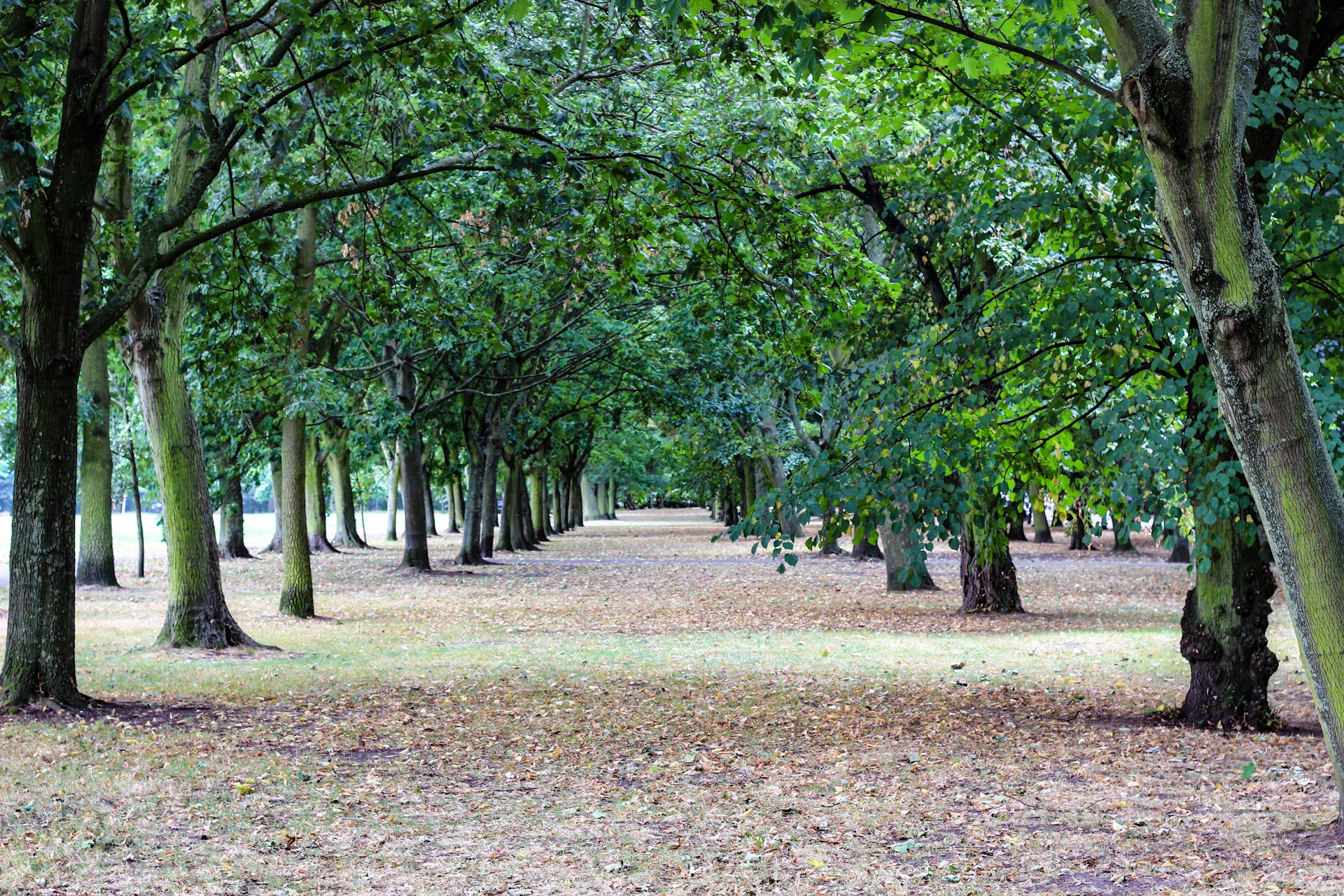In the tapestry of global conservation efforts, national parks stand as bastions of biodiversity protection, offering sanctuary to countless species threatened by habitat loss, climate change, and human encroachment. Among these species, rare and endangered birds represent some of the most vulnerable yet ecologically vital inhabitants of these protected landscapes.
National parks worldwide have emerged as critical safe havens where threatened avian species can nest, feed, migrate, and ultimately recover their dwindling populations. These protected areas not only provide physical space for birds to thrive but also serve as living laboratories where conservation strategies can be developed, implemented, and refined.
The relationship between national parks and rare bird conservation exemplifies humanity’s capacity to recognize and rectify our impact on fellow species, demonstrating how designated protected areas can transform the trajectory of avian populations from decline toward recovery.
The Historical Evolution of National Parks as Bird Sanctuaries
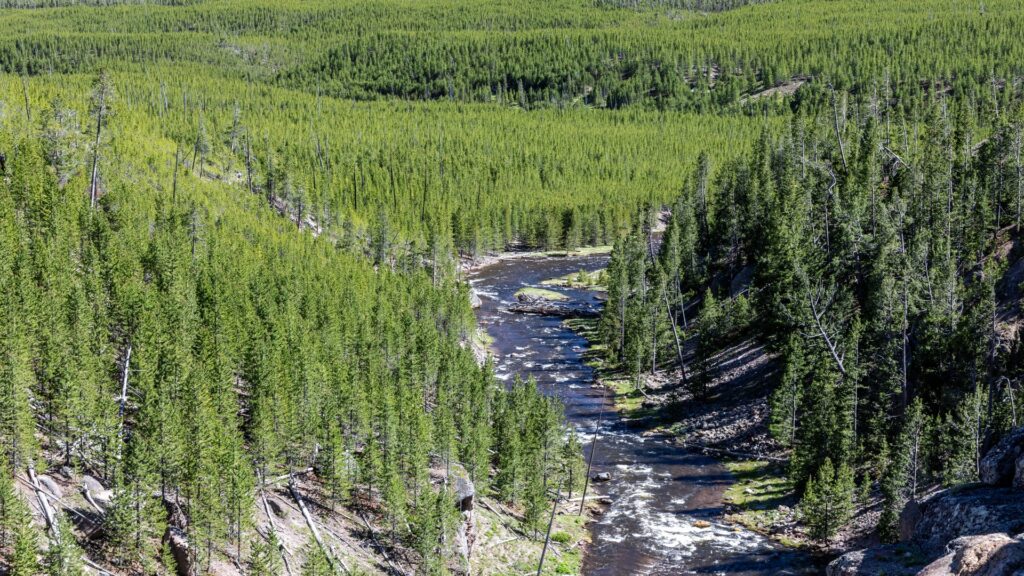
The concept of preserving lands specifically for wildlife protection dates back to the late 19th century, with Yellowstone becoming the world’s first national park in 1872, though bird conservation wasn’t initially a primary focus. By the early 20th century, alarming declines in bird populations—particularly after the extinction of the passenger pigeon—prompted conservationists to advocate for protected areas designed with avian species in mind. The Migratory Bird Treaty Act of 1918 represented a watershed moment, establishing federal protection for migratory birds and laying the groundwork for parks to embrace their role as bird sanctuaries.
Throughout the decades that followed, national parks worldwide increasingly incorporated avian conservation into their management plans, transforming from recreational spaces into sophisticated ecological preserves where rare bird species could find refuge from the mounting pressures threatening their existence.
Habitat Preservation: The Cornerstone of Avian Conservation
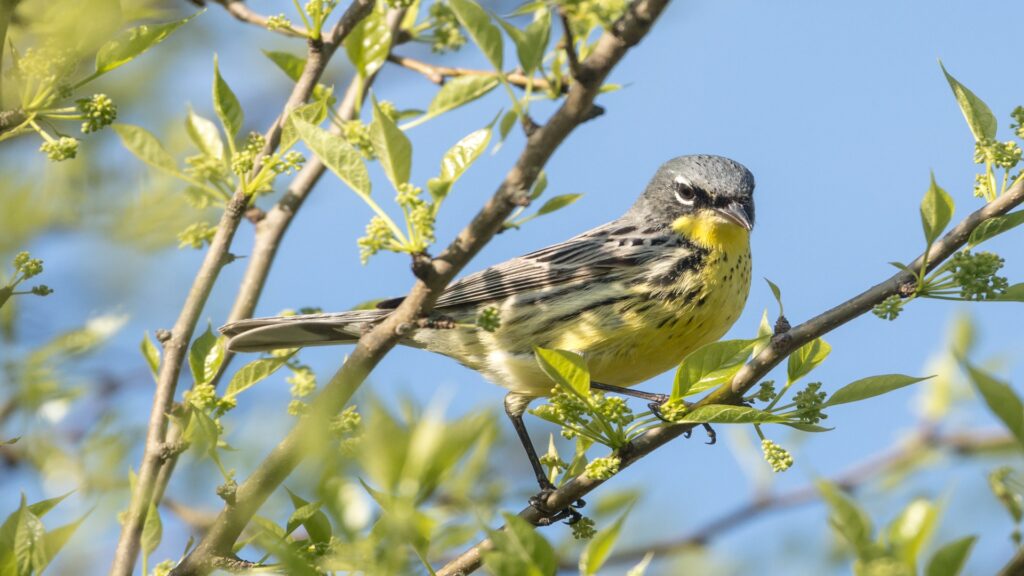
National parks serve as irreplaceable sanctuaries by preserving intact ecosystems that rare birds depend upon for their specific habitat requirements. These protected areas maintain critical landscape features such as old-growth forests, wetlands, grasslands, and specialized microhabitats that would otherwise face degradation or elimination in unprotected regions. For species like the Kirtland’s warbler, which requires young jack pine forests of precise densities and configurations, designated protected areas maintain these specialized conditions that would be economically impractical to preserve in commercial forestry operations.
The expansive, connected nature of many national parks provides not just isolated habitat patches but complete ecosystems where complex ecological relationships—from soil microorganisms to canopy structure—remain functional and supportive of specialized avian needs. This holistic preservation approach makes national parks particularly effective for birds with large territory requirements or those dependent on rare habitat types that have largely disappeared from unprotected landscapes.
Breeding Ground Protection for Endemic and Endangered Species

For many critically endangered birds, national parks protect the only viable breeding grounds remaining, offering them the seclusion and specific conditions required for successful reproduction. In New Zealand’s Fiordland National Park, the takahe—once thought extinct until rediscovered in 1948—maintains its tenuous existence largely due to the protected alpine grasslands where it nests and feeds. Similarly, California’s Channel Islands National Park provides critical nesting habitat for the island scrub-jay, found nowhere else on Earth, protecting it from introduced predators and habitat degradation.
The controlled access of national parks during breeding seasons minimizes human disturbance at crucial nesting sites, allowing sensitive species like the California condor to raise young with reduced stress and higher success rates. By focusing conservation resources on these irreplaceable breeding grounds, park managers can implement specialized protections—from predator control programs to habitat enhancement initiatives—that directly improve reproductive outcomes for the rarest avian species.
Migration Corridors and Stopover Sites
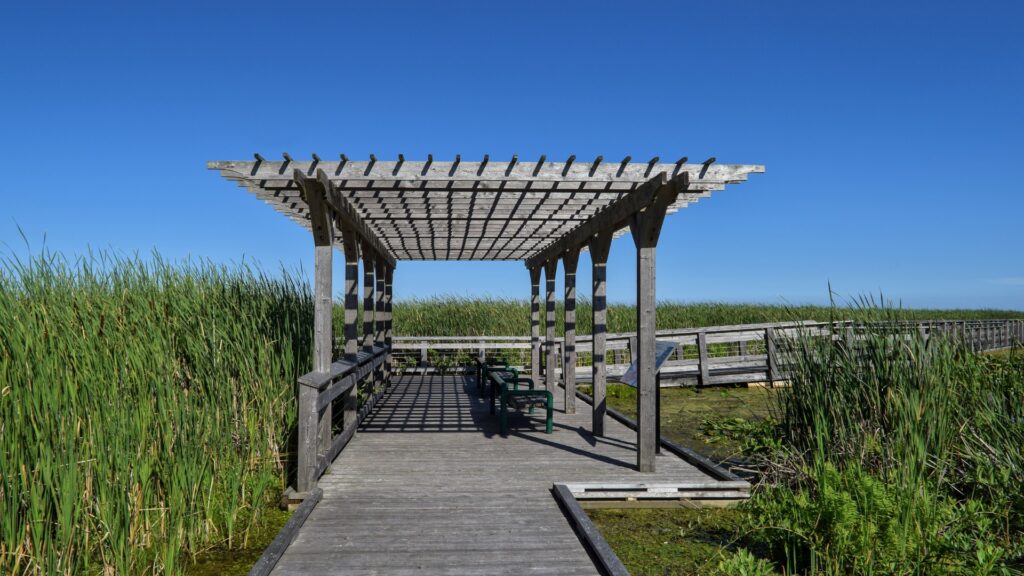
Beyond providing permanent habitat, national parks serve as critical waypoints in the remarkable journeys of migratory birds, offering safe refueling stations along increasingly fragmented flyways. Each spring and fall, parks like Point Pelee in Canada and Everglades in Florida transform into bustling avian travel hubs where countless birds rest and replenish energy reserves before continuing their transcontinental migrations. For endangered species like the whooping crane, protected areas along migration routes have proven essential to recovery efforts, providing undisturbed wetlands where these massive birds can safely rest and feed during their 2,500-mile journey.
The strategic placement of national parks along major flyways creates a network of protected stepping stones that migratory birds can depend upon, even as surrounding landscapes become increasingly developed and hostile to wildlife. Park managers increasingly coordinate their conservation efforts across international boundaries to maintain coherent migration corridors, recognizing that the protection of rare migratory species requires cooperation that transcends political borders.
Specialized Conservation Programs and Species Recovery Efforts
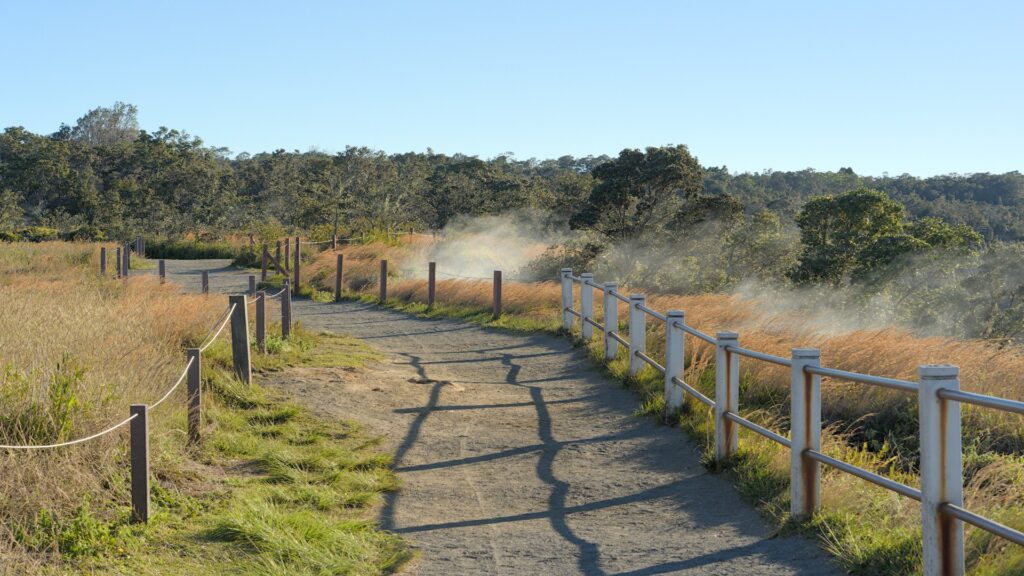
National parks frequently serve as headquarters for intensive recovery programs designed to pull critically endangered birds back from the brink of extinction through multifaceted conservation approaches. Hawaii Volcanoes National Park has implemented aggressive measures to protect the endangered ‘akiapōlā’au, addressing threats from invasive species, disease, and habitat loss through breeding programs, predator control, and habitat restoration initiatives.
In South Africa’s Kruger National Park, the ground hornbill recovery project combines artificial nest box installation, community engagement, and captive rearing to bolster wild populations of this culturally significant but declining species. These specialized programs often represent the most comprehensive conservation efforts anywhere for particular species, bringing together scientific expertise, dedicated funding, and protected habitat in a powerful combination.
The institutional stability of national parks provides rare continuity for long-term recovery programs, allowing conservation strategies to evolve and adapt over the decades often required for meaningful population recovery of the most endangered avian species.
Scientific Research and Monitoring of Avian Populations
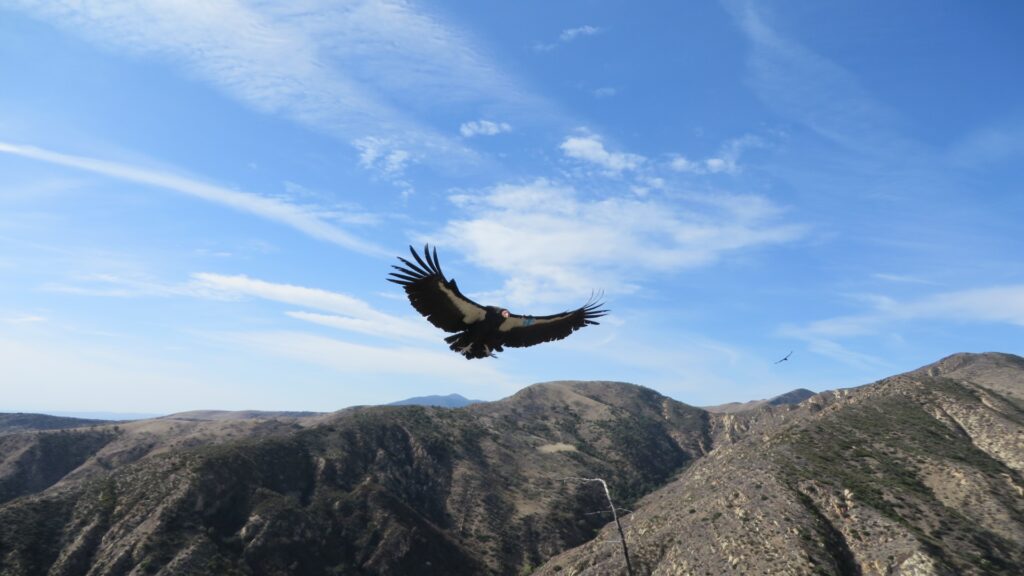
National parks function as invaluable living laboratories where scientists can study rare bird species in relatively undisturbed ecosystems, gathering critical data that informs conservation efforts both within and beyond park boundaries. Long-term monitoring programs in parks like Yellowstone have created continuous datasets spanning decades, allowing researchers to identify subtle population trends and responses to environmental changes that would be impossible to detect in shorter studies.
The controlled access and protected status of these areas enable scientists to conduct research that would be logistically impossible elsewhere, such as tracking the reintroduction of California condors in Grand Canyon National Park using GPS technology and regular health assessments.
Research conducted in national parks has frequently led to breakthroughs in understanding rare bird ecology, from discovering previously unknown migration patterns of Kirtland’s warblers to documenting the complex social dynamics of endangered Florida scrub-jays. By serving as research centers, these protected areas generate the scientific knowledge that underpins evidence-based conservation strategies, turning theoretical understanding into practical recovery actions.
Addressing Threats Within Protected Boundaries
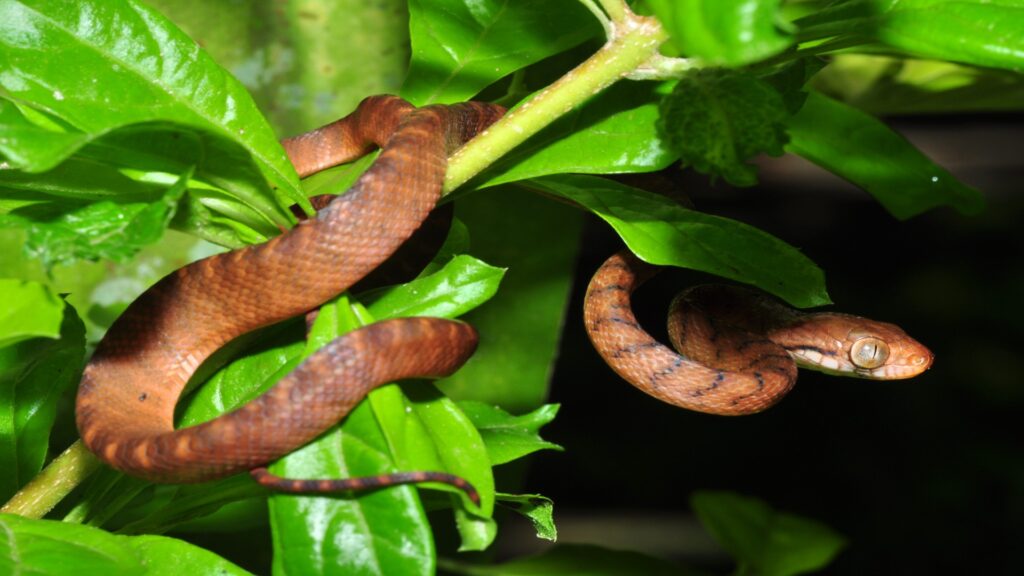
Even within the sanctuary of national parks, rare birds face numerous threats that require active management interventions to maintain viable populations and suitable habitat conditions. Invasive species represent one of the most pervasive challenges, with park managers implementing control programs to address threats like the brown tree snake in Guam National Wildlife Refuge, which devastated native bird populations, or feral cats and rats that threaten ground-nesting birds in numerous parks worldwide.
Climate change poses increasingly complex challenges, prompting adaptive management strategies such as controlled burns in Everglades National Park to maintain pine rockland habitat for endangered Kirtland’s warblers despite changing precipitation patterns. Disease outbreaks, such as avian malaria affecting Hawaiian forest birds, have necessitated innovative responses, including predator-proof fencing and disease vector control within Hawaii Volcanoes National Park’s bird conservation areas.
Through these proactive management approaches, national parks demonstrate that simply establishing protected boundaries is insufficient—active, science-based interventions remain essential for effective rare bird conservation in an era of accelerating environmental change.
Public Education and Bird Conservation Awareness
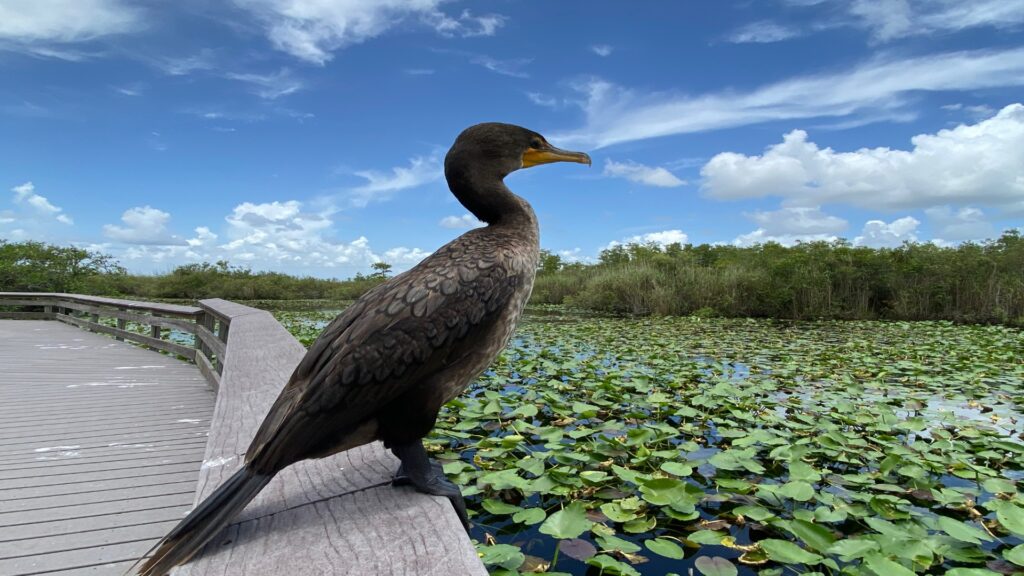
National parks serve as powerful platforms for public education about rare birds, transforming millions of visitors annually from casual observers into informed advocates for avian conservation. Interpretive programs at parks like Everglades and Denali use charismatic rare species as flagships to explain broader ecological principles and conservation challenges, connecting visitors emotionally to species they might otherwise never encounter.
Citizen science initiatives hosted by many parks engage visitors directly in monitoring efforts, such as Christmas Bird Counts and breeding bird surveys that simultaneously collect valuable data and create memorable learning experiences for participants. Interactive exhibits and ranger-led programs specifically highlight conservation success stories, such as the bald eagle’s recovery or the return of peregrine falcons, demonstrating that coordinated protection efforts can reverse population declines of even severely threatened species.
This educational function extends beyond park boundaries through digital outreach, school programs, and community partnerships, creating ripple effects that build public support for bird conservation measures throughout society.
Collaborative Conservation Across Boundaries
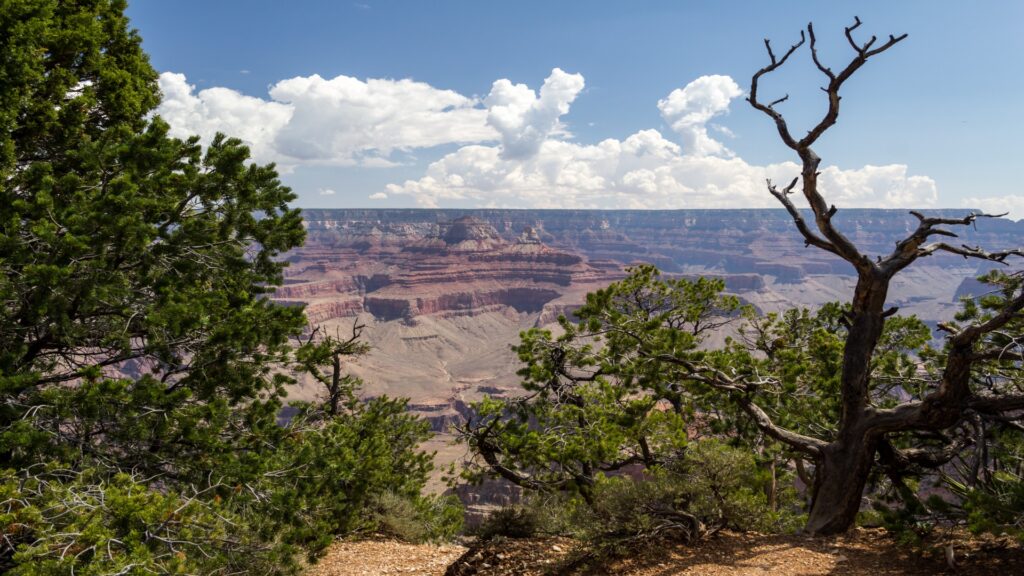
The most effective bird conservation successes associated with national parks typically involve collaborative efforts that transcend the parks’ physical boundaries, creating integrated protection networks across diverse landscapes. The California Condor Recovery Program exemplifies this approach, with Grand Canyon National Park working alongside Zion National Park, the Peregrine Fund, and private landowners to manage a recovering population across a regional landscape much larger than any single protected area.
International collaboration proves especially vital for migratory species, as demonstrated by the partnership between Waterton Lakes National Park (Canada) and Glacier National Park (USA), which together form an International Peace Park that protects shared bird populations throughout their annual cycles. Indigenous communities increasingly partner with national parks in co-management arrangements, bringing traditional ecological knowledge that complements scientific understanding of rare birds, as seen in Australia’s Kakadu National Park, where Aboriginal rangers help monitor and protect the endangered Gouldian finch.
These collaborative approaches recognize that effective bird conservation requires coordinated action across jurisdictional boundaries, with national parks serving as anchors in larger conservation networks rather than isolated islands of protection.
Economic Benefits of Bird-Related Tourism

The presence of rare and charismatic bird species in national parks generates substantial economic benefits through birdwatching tourism, creating powerful financial incentives for continued conservation efforts. In Costa Rica’s national park system, bird-focused ecotourism generates over $400 million annually, with rare species like the resplendent quetzal and scarlet macaw serving as primary attractions that draw international visitors willing to pay premium prices for guided viewing opportunities. Local communities surrounding Texas’s Big Bend National Park have experienced economic revitalization through services catering to birders searching for specialty species like the Colima warbler, found nowhere else in the United States.
This “avitourism” creates sustainable livelihoods directly connected to conservation success, transforming rare birds from abstract conservation concerns into tangible economic assets for surrounding communities. The economic argument for bird conservation proves particularly persuasive in developing regions, where national parks demonstrate that protecting rare species can generate more revenue through sustainable tourism than extractive alternatives like logging or mining that would destroy critical habitat.
Case Studies: Notable Success Stories
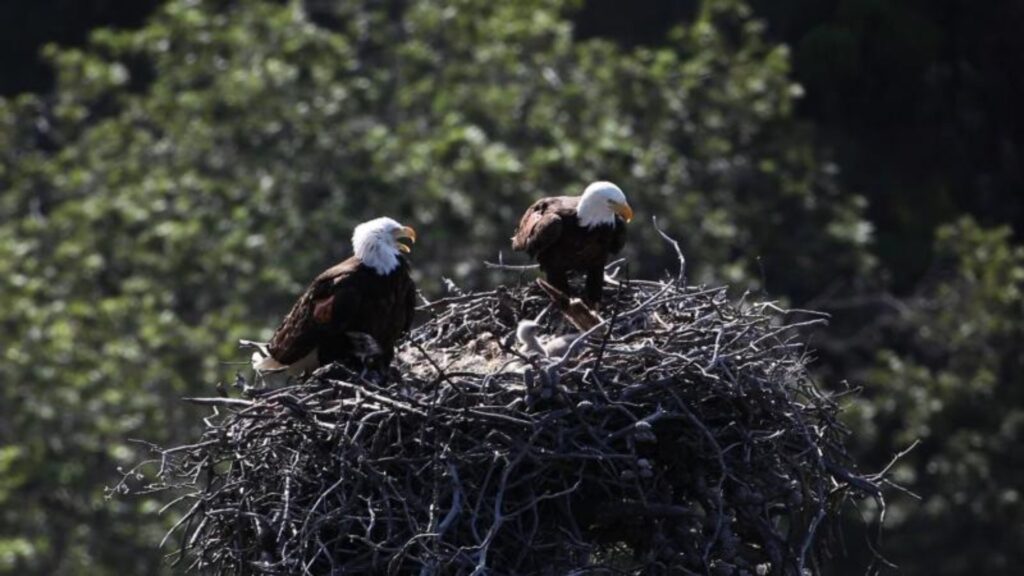
Several national parks have achieved remarkable success in recovering critically endangered bird populations through dedicated, long-term conservation efforts that demonstrate the potential of protected areas as bird recovery centers. Channel Islands National Park’s bald eagle restoration program successfully reintroduced these magnificent raptors after their local extinction due to DDT contamination, overcoming numerous challenges through captive breeding, habitat protection, and contamination remediation to establish multiple breeding pairs across the archipelago. The takahē—a flightless rail reduced to fewer than 250 individuals—has seen its population slowly recover through intensive management in New Zealand’s Fiordland National Park, combining predator control, habitat management, and captive breeding to bring this iconic species back from the brink of extinction.
Brazil’s Iguaçu National Park provided crucial protection for the last viable population of Harpy Eagles in the Atlantic Forest region, allowing these massive raptors to persist while disappearing from surrounding deforested areas. Each success story reflects decades of persistent effort, demonstrating that even the most endangered species can recover when given appropriate protection and active management within well-administered national parks.
Challenges and Limitations in Avian Conservation
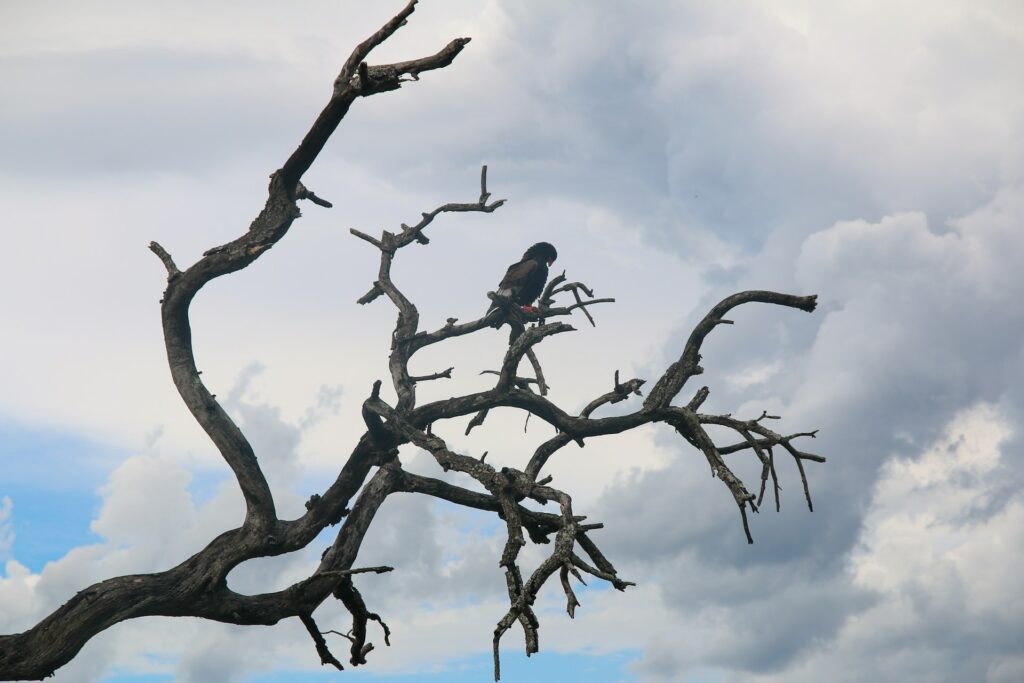
Despite their crucial role, national parks face significant limitations in their capacity to protect rare birds, with both internal constraints and external pressures challenging their effectiveness as conservation tools. Funding shortfalls represent a perennial challenge, with many parks—particularly in developing nations—lacking resources for comprehensive monitoring, invasive species control, and specialized recovery programs needed by the most endangered species. Climate change poses perhaps the greatest long-term threat, as shifting temperature and precipitation patterns may render some parks unsuitable for the very species they were established to protect, particularly in mountain and Arctic environments where habitat zones are migrating upward and northward.
The “island effect” of increasingly isolated protected areas surrounded by development creates genetic bottlenecks and vulnerability to catastrophic events for bird populations that cannot safely disperse between protected habitat fragments. Political instability and changing conservation priorities further threaten the consistency of protection, with some parks experiencing reduced enforcement during periods of conflict or economic hardship, leaving rare birds vulnerable to poaching and habitat degradation even within nominally protected boundaries.
The Future of Bird Conservation in National Parks
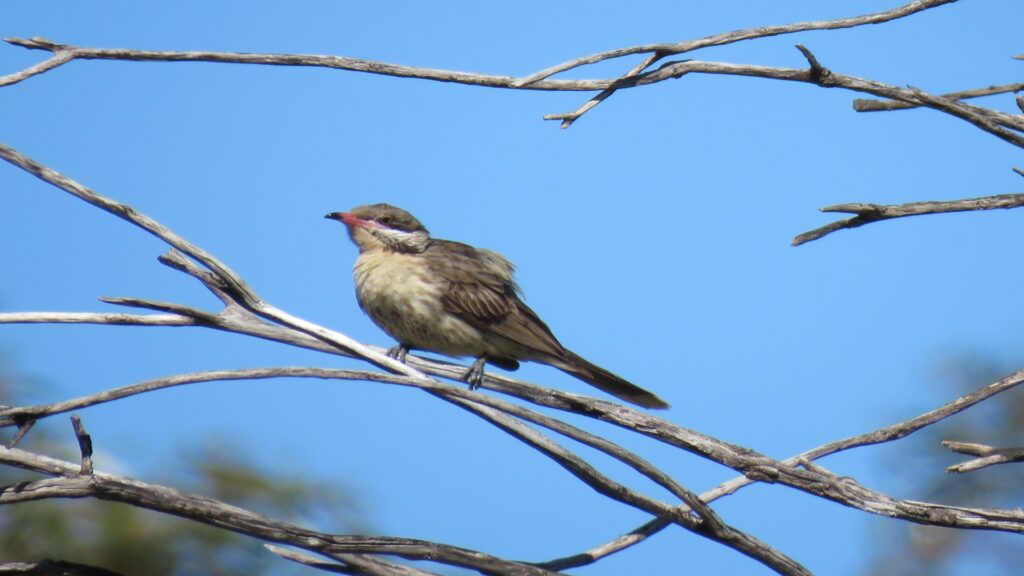
Looking ahead, national parks are evolving their approaches to rare bird conservation, developing innovative strategies to address emerging challenges while building on proven successes. Connectivity conservation represents a major focus, with parks increasingly functioning as core protected areas within larger conservation corridors that facilitate the movement of birds between habitat patches—a crucial adaptation for climate resilience. Technological advances are revolutionizing monitoring capabilities, with automated recording devices, environmental DNA sampling, and satellite tracking providing unprecedented insights into rare bird movements and population dynamics that inform more precise conservation interventions.
Indigenous co-management arrangements are expanding, incorporating traditional ecological knowledge alongside scientific approaches and ensuring conservation benefits flow to local communities whose support is essential for long-term success. Strategic expansion of protected areas continues in biodiversity hotspots, with new parks being established specifically to protect critical habitats for the most threatened avian species, particularly in tropical regions where bird diversity and endangerment both reach their global peaks.
These evolving approaches suggest national parks will remain cornerstones of bird conservation, adapting their strategies to meet new challenges while maintaining their essential role as sanctuaries for the world’s rarest avian treasures.
Conclusion
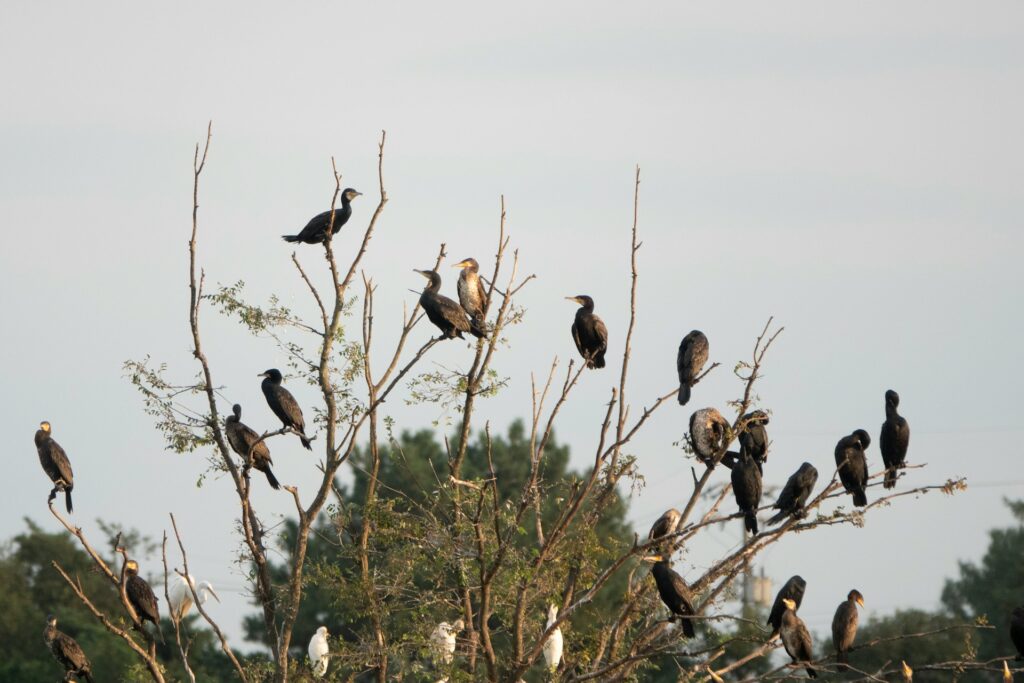
National parks represent humanity’s most significant institutional commitment to preserving biodiversity, including the rare bird species that face mounting threats in an increasingly human-dominated planet. Through habitat protection, specialized recovery programs, scientific research, and public education, these protected areas serve as critical strongholds where endangered avian populations can persist and recover.
Despite limitations and challenges, the documented successes of national parks in reversing declines of species from the whooping crane to the California condor demonstrate their irreplaceable value in the global effort to prevent avian extinctions. As both conservation science and environmental pressures continue to evolve, these protected landscapes will remain essential sanctuaries where some of Earth’s most vulnerable and beautiful creatures can continue to spread their wings for generations to come.

